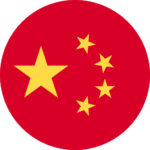Global South countries face increasing financing pressure, endangering their ability to keep developing while also implementing measures to deal with a growing climate crisis. The disruption of global trade is coupled with a larger megatrend: flows of international capital to the developing world have turned negative. This means that countries are now routinely paying more to service loans than they receive in disbursements.
The vast majority of Global South borrowers ...







